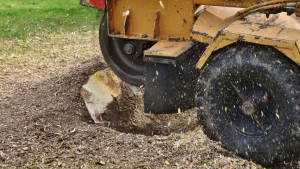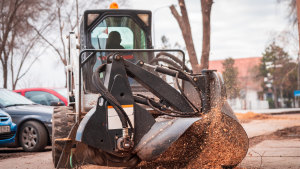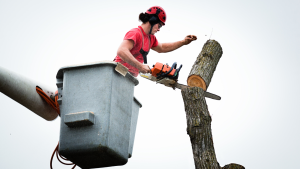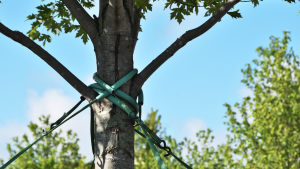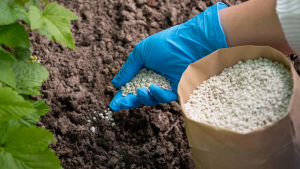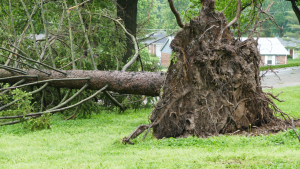Short for “compartmentalization of decay and damage in trees,” in the tree care sector, this word refers to the natural healing processes that take place after a tree has been injured. This is the normal separation of infected or injured tissue from the surrounding healthy tissue.
Its goal is to stop the infection from spreading further into the damaged wood. It can also be used to cut off a dead limb from the rest of the tree. In essence, it prevents decay-causing microorganisms from penetrating the wood.
The extent and location of pruning wounds affect how well a tree recovers from them. The response weakens and eventually dies if it’s too close to the trunk. Cutting a huge branch to a stump allows decay to travel further down the branch, compromising its integrity.
In the most literal sense, trees cannot cure a wound. If the damage is not too extensive, they merely seal the wound and create a barrier (compartment) behind the harmed wood. Trees that haven’t been properly trimmed are more vulnerable to rot and instability. In conclusion, it is crucial how a tree is pruned.
Why Care About CODIT & Tree Care?
Why, then, does it matter if a tree can withstand decay? To begin, forest assets are worthwhile. They have several positive effects on the environment, including lowering energy costs and increasing property values. The larger the tree, the more fruit it will produce.
Much like any other long-term asset, trees need regular care to ensure their decent security. Poor, substandard pruning procedures reduce the longevity and safety of trees since they can trigger decay, which can then lead to the failure of branches or the entire tree.
Expert arborists and the scientific community both agree that CODIT makes sense. Several tree services still don’t use the CODIT idea since they aren’t aware of its full significance. Throughout my professional experience, I have witnessed firsthand the detrimental effects of improper trimming on trees. When trees aren’t pruned according to modern standards, they don’t live as long as they could.
There are a number of factors that need to be considered whenever tree pruning. That could be due to how the tree’s weight is distributed, how the tree’s internal light is distributed, or even just how the tree looks after being pruned. No matter what the end goal is, the CODIT model’s guidance on where to make a pruning cut should always be at the forefront of the practitioner’s mind.

